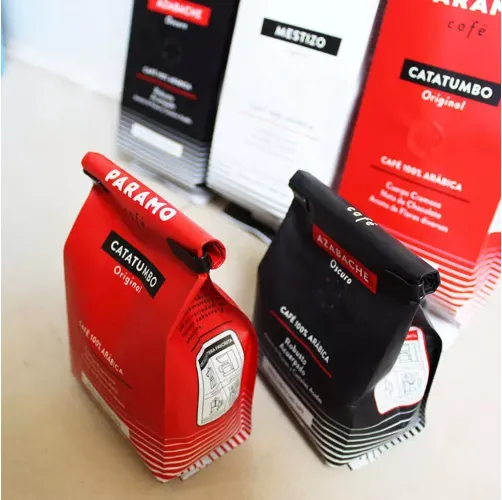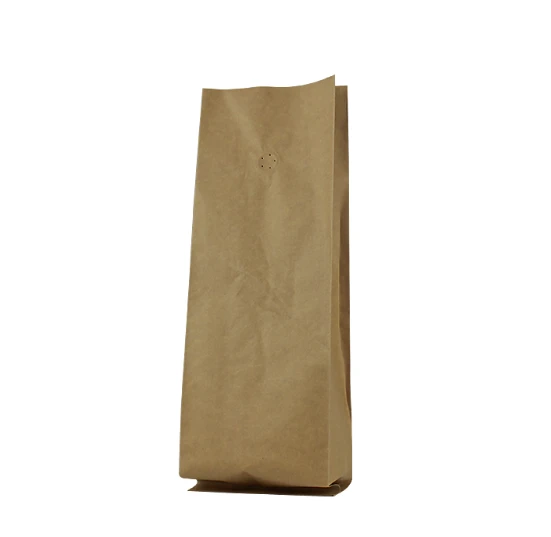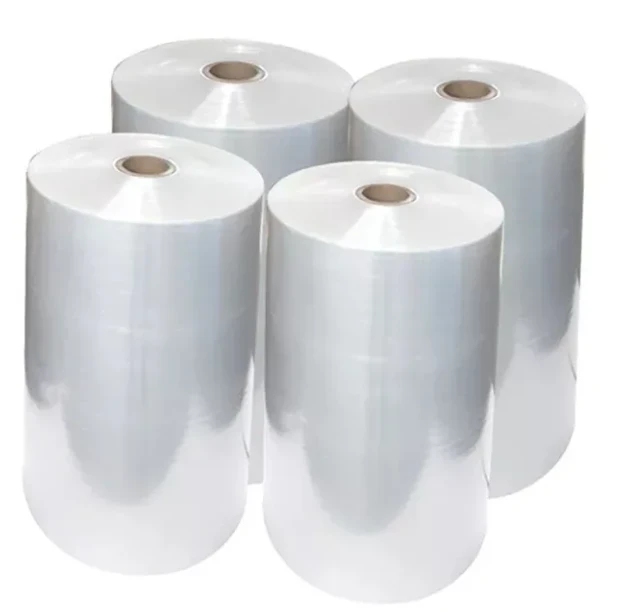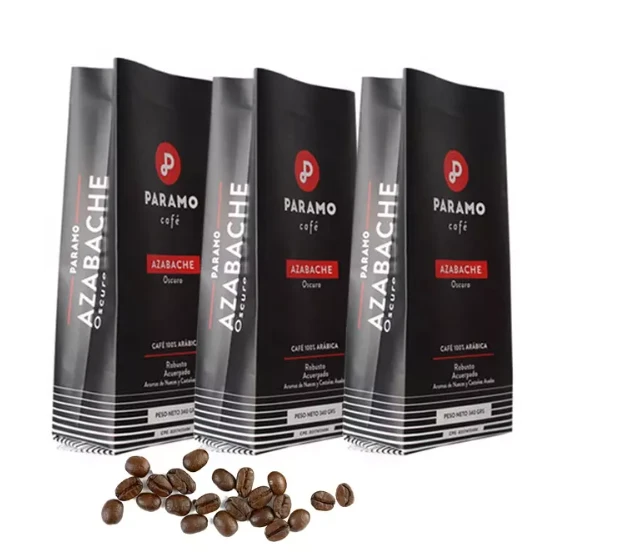- Afrikaans
- Albanian
- Amharic
- Arabic
- Armenian
- Azerbaijani
- Basque
- Belarusian
- Bengali
- Bosnian
- Bulgarian
- Catalan
- Cebuano
- chinese_simplified
- chinese_traditional
- Corsican
- Croatian
- Czech
- Danish
- Dutch
- English
- Esperanto
- Estonian
- Finnish
- French
- Frisian
- Galician
- Georgian
- German
- Greek
- Gujarati
- haitian_creole
- hausa
- hawaiian
- Hebrew
- Hindi
- Miao
- Hungarian
- Icelandic
- igbo
- Indonesian
- irish
- Italian
- Japanese
- Javanese
- Kannada
- kazakh
- Khmer
- Rwandese
- Korean
- Kurdish
- Kyrgyz
- Lao
- Latin
- Latvian
- Lithuanian
- Luxembourgish
- Macedonian
- Malgashi
- Malay
- Malayalam
- Maltese
- Maori
- Marathi
- Mongolian
- Myanmar
- Nepali
- Norwegian
- Norwegian
- Occitan
- Pashto
- Persian
- Polish
- Portuguese
- Punjabi
- Romanian
- Russian
- Samoan
- scottish-gaelic
- Serbian
- Sesotho
- Shona
- Sindhi
- Sinhala
- Slovak
- Slovenian
- Somali
- Spanish
- Sundanese
- Swahili
- Swedish
- Tagalog
- Tajik
- Tamil
- Tatar
- Telugu
- Thai
- Turkish
- Turkmen
- Ukrainian
- Urdu
- Uighur
- Uzbek
- Vietnamese
- Welsh
- Bantu
- Yiddish
- Yoruba
- Zulu
wheatstraw
The Versatility and Sustainability of Wheat Straw
Wheat straw, a byproduct of wheat harvesting, often finds itself overlooked in discussions about agricultural resources. However, it possesses remarkable potential as a sustainable material that can be utilized across various industries. This article explores the benefits, applications, and environmental impact of wheat straw, highlighting its importance in promoting sustainability and resource efficiency.
Composition and Characteristics
Wheat straw primarily consists of cellulose, hemicellulose, and lignin, making it a rich source of organic material. This fibrous structure gives it strength and durability, which are essential qualities in several applications. Additionally, wheat straw is readily available, especially in regions with significant wheat cultivation, making it a cost-effective option for various industries.
Agricultural Benefits
One of the primary uses of wheat straw is as a natural fertilizer and soil conditioner. When returned to the soil, it decomposes and enriches the earth with organic matter, enhancing soil structure, moisture retention, and nutrient content. This natural recycling process reduces the need for chemical fertilizers, promoting healthier crops and fostering sustainable agricultural practices. Furthermore, using wheat straw as mulch can help suppress weeds, reduce soil erosion, and maintain soil temperature, contributing to more efficient farming.
Industrial Applications
Wheat straw's versatility extends beyond agriculture; it has gained traction in various industrial applications. The manufacturing sector has embraced wheat straw as a renewable raw material. It can be processed into paper, cardboard, and biodegradable packaging materials, providing an eco-friendly alternative to traditional wood-based products. Utilizing wheat straw for these purposes not only helps reduce deforestation but also lowers greenhouse gas emissions associated with paper production.
wheatstraw

In the construction industry, wheat straw has emerged as a sustainable insulation material. Straw bales are increasingly used in eco-friendly building designs, offering excellent thermal properties and reducing energy consumption in buildings. Additionally, the use of wheat straw in composite materials for furniture and other applications is gaining popularity, further demonstrating its adaptability.
Energy Production
Another significant application of wheat straw is in the renewable energy sector. It can be converted into bioenergy through processes such as anaerobic digestion and combustion. Burning wheat straw generates electricity and heat, while anaerobic digestion produces biogas, which can power vehicles or generate electricity. Utilizing agricultural residues like wheat straw for energy reduces reliance on fossil fuels and contributes to energy security.
Environmental Impact
Wheat straw’s role in promoting sustainability cannot be overstated. By utilizing this agricultural byproduct, we reduce waste and minimize the environmental footprint of farming practices. Instead of burning wheat straw, which can release harmful pollutants into the atmosphere, repurposing it through recycling and innovative applications can significantly improve air quality and reduce greenhouse gas emissions.
Conclusion
Wheat straw is an invaluable resource with immense potential for promoting sustainability across multiple sectors. Its ability to improve soil health, serve as a renewable material in manufacturing, provide insulation in construction, and generate energy underscores its versatility as an eco-friendly alternative. By harnessing the benefits of wheat straw, we can support more sustainable practices, reduce waste, and contribute positively to our environment. As we continue to seek innovative solutions to ecological challenges, wheat straw stands out as a prime example of how agricultural byproducts can play a pivotal role in a sustainable future.













